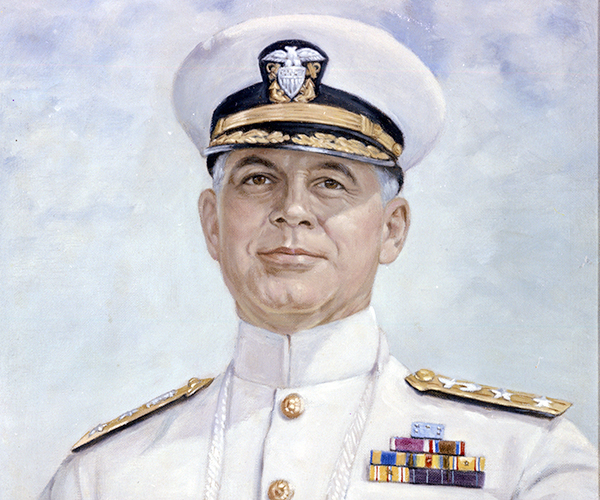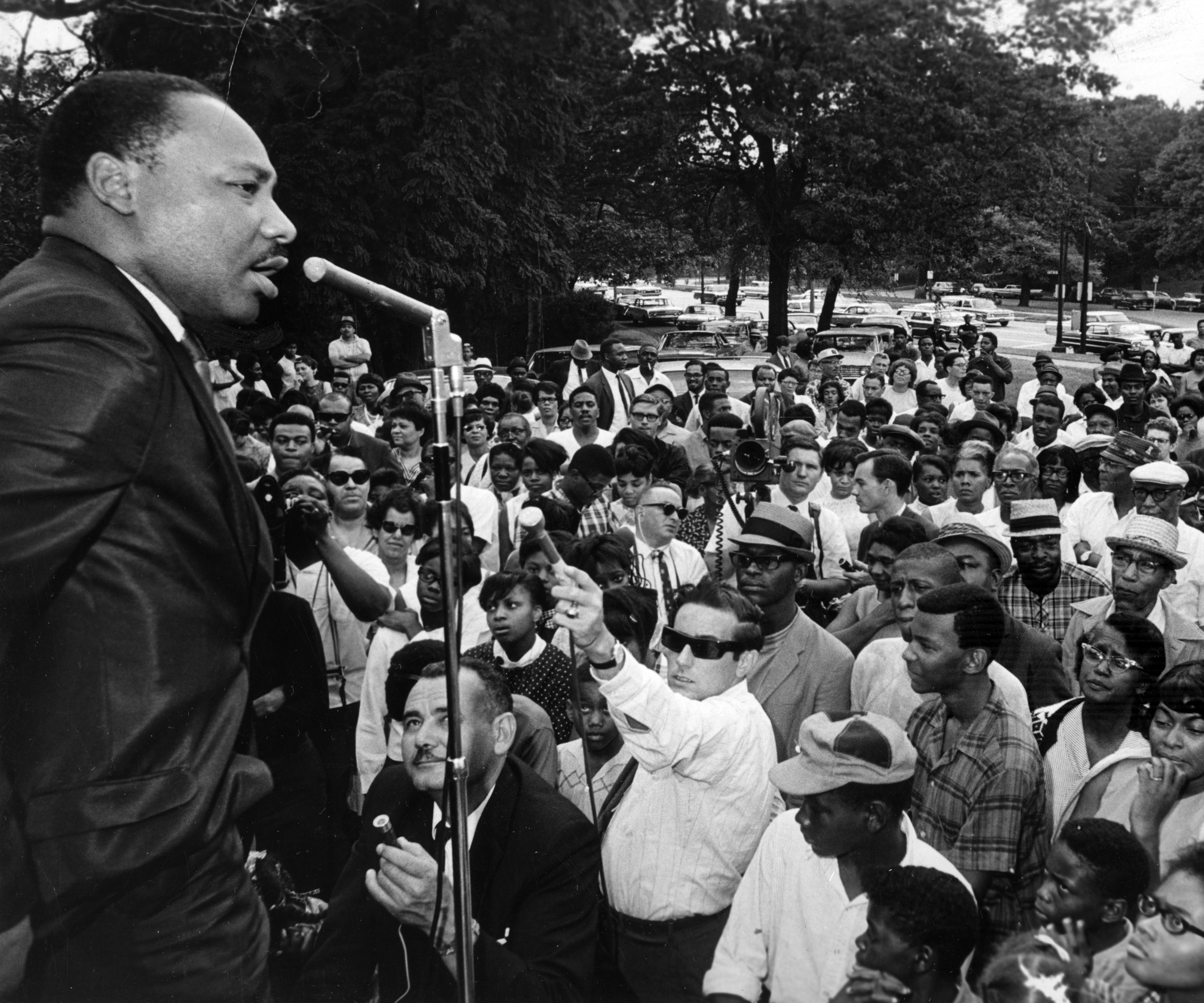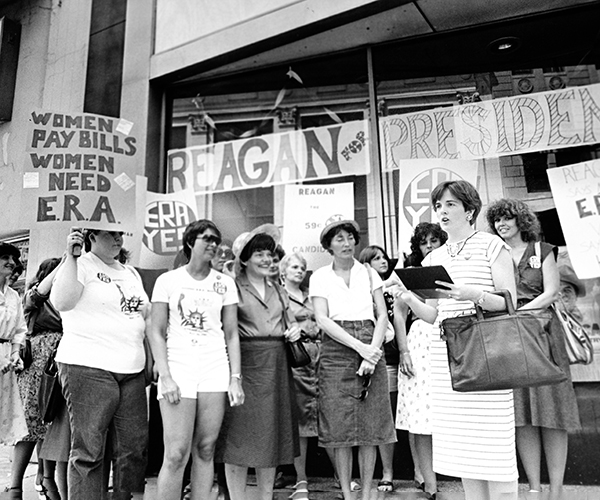Mayor Carl Stokes stood on a railroad trestle burned by the Cuyahoga River fire and promised action. "There may be some wry humor in the phrase •the river is a fire hazard,' " said Stokes, "but it's a terrible reflection on the city."
On Sunday, June 22, 1969, an oil slick on the Cuyahoga ignited. It caused $50,000 in damage to two wooden trestles before firefighters extinguished it. Stokes, visiting the riverbank the next day, vowed to sue the state and any companies that might have dumped waste into the waterway. Back then, a Cleveland fireboat patrolled the Cuyahoga daily to break up floating patches of industrial oil.
Betty Klaric, standing next to Stokes, wrote the next day's Cleveland Press story. One of the nation's first full-time environmental reporters, she'd worked the beat for five years. "Like many a private citizen the mayor wondered out loud how pollution like that could be tolerated," Klaric wrote. "Unlike private citizens he said he could and would do something about it." In spring 1970, Stokes testified before Congress about the river fire and the need for the Clean Water Act, which became law in 1972.



